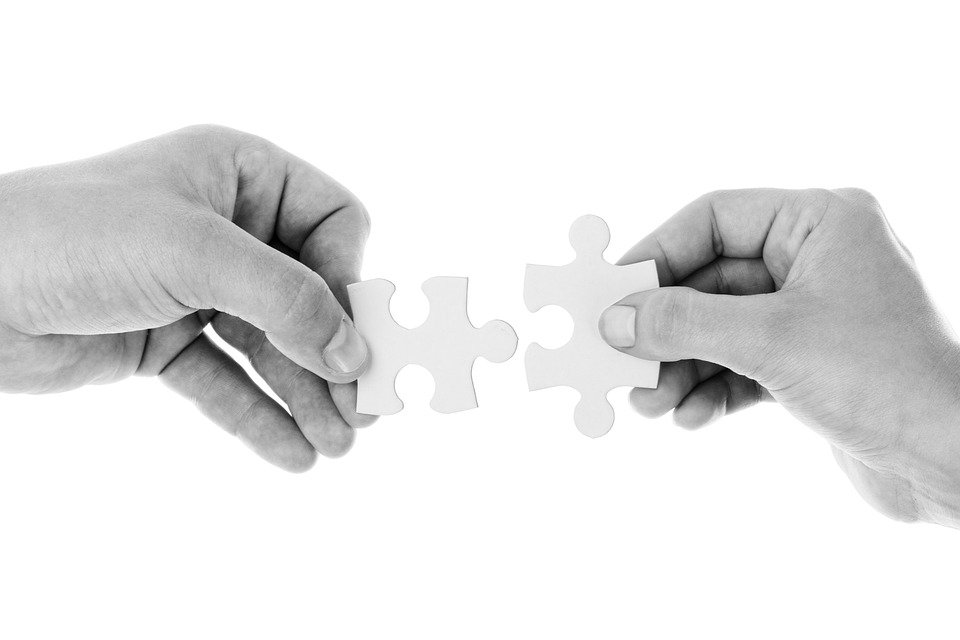{7} technology has been disrupting various industries for a while now, and the education sector is no exception. With its decentralized and secure nature, blockchain is changing the way we learn and manage educational records. This technology is creating new opportunities for learners, educators, and institutions alike.
Blockchain technology makes it possible to create a tamper-proof and transparent database that can be accessed by anyone with permission. This means that records such as diplomas, certificates, and transcripts can be stored on a blockchain, making them easily accessible and verifiable. Students can have full control over their educational records, and institutions can easily verify the authenticity of those records.
One of the primary benefits of blockchain technology in education is increased efficiency. With traditional methods, verifying educational records can be a time-consuming and complicated process. However, with blockchain, this process can be streamlined and automated, making it much faster and more efficient. This can save institutions time and money, as well as reducing the likelihood of errors.
Another benefit of blockchain technology in education is improved security. Educational records are valuable assets that need to be protected from fraud and tampering. With blockchain, records are stored on a decentralized network, which makes them much more secure than traditional methods. This means that students and institutions can have greater confidence in the integrity of their educational records.
Blockchain technology can also facilitate new models of learning. With blockchain-powered platforms, students can earn digital tokens or certificates for completing courses or projects. These tokens can be exchanged for other courses or even for real-world goods and services. This creates a new incentive for students to learn and can promote lifelong learning.
Moreover, blockchain technology can help address the issue of educational inequality. Educational records stored on a blockchain can be easily accessed by anyone with permission, regardless of their location or socioeconomic status. This means that students from underprivileged backgrounds can have greater access to educational opportunities and can use their educational records to prove their skills and knowledge to potential employers.
In conclusion, blockchain technology is changing the way we learn and manage educational records. It is creating new opportunities for learners, educators, and institutions alike. By increasing efficiency, improving security, facilitating new models of learning, and addressing educational inequality, blockchain technology is transforming the education sector. As this technology continues to evolve, we can expect to see even more innovative solutions that will make learning more accessible and effective for everyone.

